Crucial MX300 and MX300 M.2 Reviews (525GB & 1TB)
January 13, 2017 | 12:03

Performance Analysis
Differences in peak SSD performance are much of a muchness when it comes to SATA-based models these days, and the same is true here. Sequential read speeds are a little lower than advertised, but otherwise there's nothing of concern.The steady state testing is extremely stressful, but the MX300 drives all hold up well. Average IOPS remain high, indicating that performance hiccups are likely to be few and far between, even after prolonged use. The standard deviation charts tell us that consistency isn't bad either, especially with the mainstream leanings. Non-professional users don't really have to worry about this set of tests these days, and in short a drive with results like this is likely to remain fast as the years go by and more data is written to the SSD.
Moving through the Iometer tests, we again see slightly lower than average sequential reads, but otherwise decent results. The QD4 sequential write tests gives the 1TB SSD a big lead over the 525GB ones, but this is because the others ran out of SLC cache capacity earlier in the test, which obviously affects the result since it's an average. On that note, we observed minimum speeds of around 85MB/sec (close to our estimate of 91MB/sec) when writing hundreds of gigabytes at a time, although the drives were able to copy over dozens of gigabytes at once before speeds fell to this level, and even when they did fall it took a while to reach the minimum speed.
Random performance is good across the board, while the mixed workloads again give the 1TB one a big lead – it seems like the SLC cache must be pretty massive on this drive. Note also that the M.2 drives do not seem to show any signs of throttling. In fact, there's a few occasions where the SATA 525GB drive is a bit slower than the M.2 one for whatever reason.
We've changed our SSD test rig since our last review. We've left results in the CrystalDiskMark and Iometer tests since these are so drive-intensive as to render the rest of the system mostly unimportant. However, the PCMark 8 results can be affected by other components, albeit only marginally. As such, we've left in the Samsung SSD 950 Pro 512GB and OCZ Trion 100 480GB results from the previous system for some basic comparison but have removed all others. Either way, performance is where you'd expect, and for everyday workloads the MX300 drives are more than capable.
Conclusion
Benchmarking SSDs these days, especially SATA-based ones, is mainly a means for checking for major flaws rather than delving into minute comparisons. It's been the case for some time now that virtually all modern SSDs are suitable for your average home user or enthusiasts, and that only professional and enterprise users really need to be concerned about specific differences.Thankfully, the MX300 has no major weaknesses, and is a very well rounded family of drives. Performance is solid across the board, and the dynamic SLC caching system is generous and will keep speeds high for practically all workloads. Add to that the encryption and partial power loss features, and you've got yourself a winner. With pricing as it is at the moment (and remembering that you get a bit more capacity than standard drives), the entire MX300 family comes highly recommended as a go-to SSD choice.


MSI MPG Velox 100R Chassis Review
October 14 2021 | 15:04

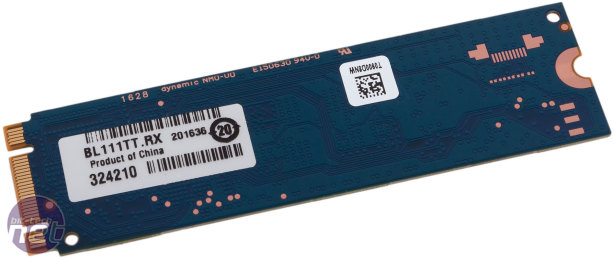
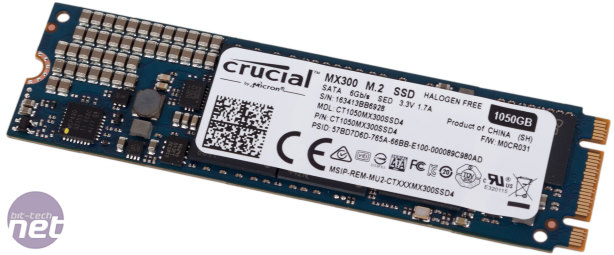
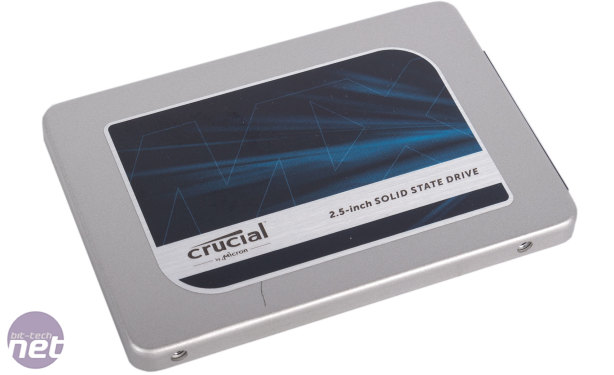
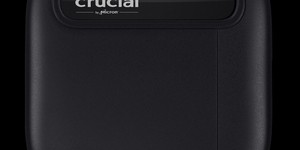
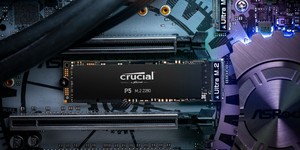
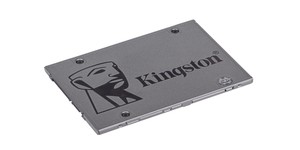




Want to comment? Please log in.